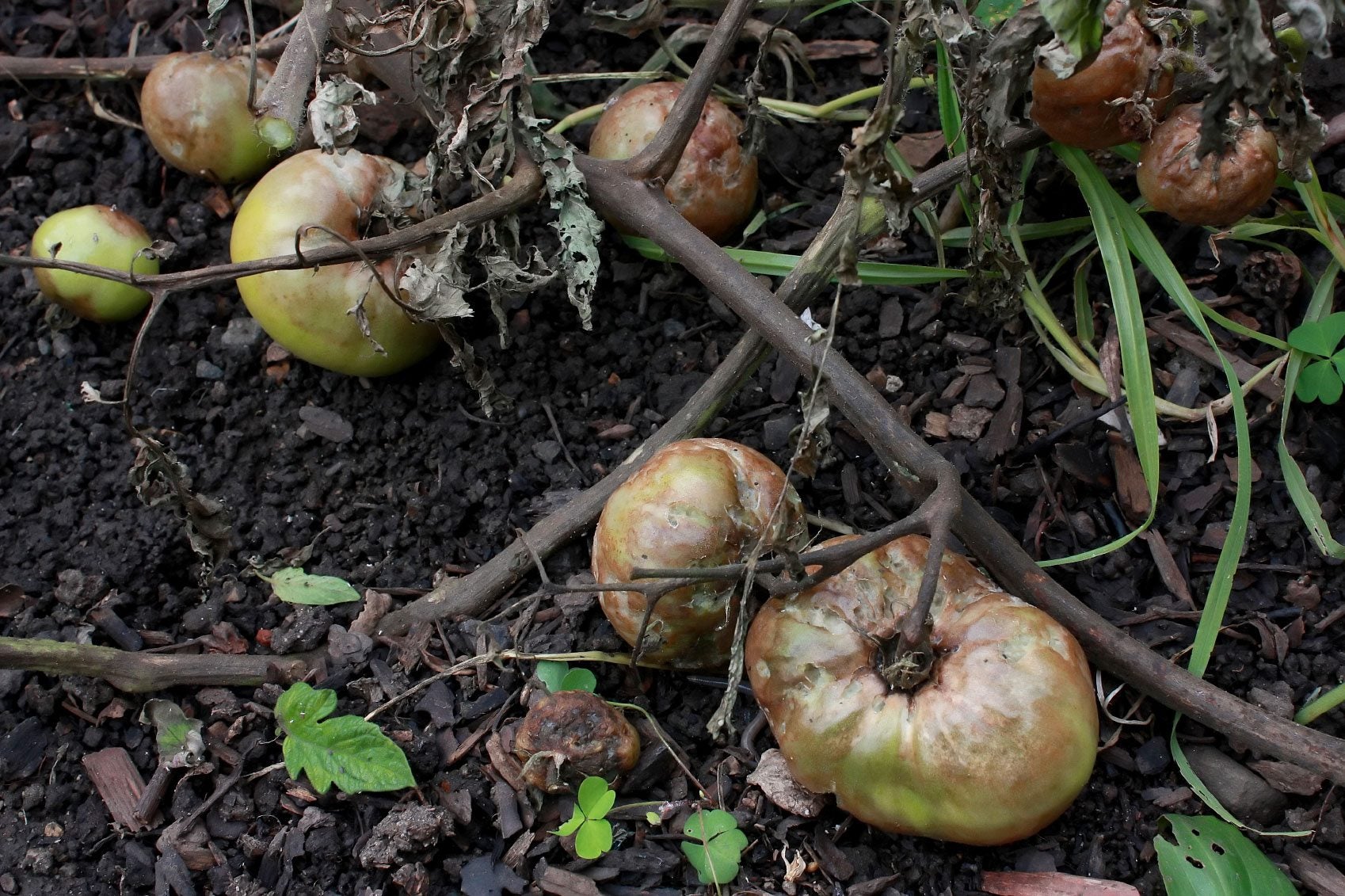
Growing a vegetable garden is a rewarding and fun project but unlikely to be free from one or more common veggie problems. Try as you might, your garden is likely to be afflicted with any number of vegetable garden pests or plant diseases.
Common Veggie Problems
Problems growing vegetables may run the gamut from the more obvious vegetable garden pests or plant diseases to issues related to the environment like weather conditions, nutrition, and even those caused by people or animals. Proper irrigation, fertilization, location, and when possible, the choice to plant disease-resistant varieties can aid in creating your own little Garden of Eden.
Vegetable Plant Diseases
There are a plethora of plant diseases that may afflict the veggie garden. These are merely a handful that are commonly found in gardens. Clubroot - Clubroot is caused by the pathogen Plasmodiophora brassicae. Vegetables affected by this common disease include:
Damping off - Damping off, or seedling blight, is another common disease seen in most veggies. Its source may be Aphanomyces, Fusarium, Pythium, or Rhizoctonia in origin. Verticillium wilt - Verticillium wilt may afflict any number of veggies from any of the Brassicae (except broccoli) family to:
White mold - White mold is another common disease found in many crops and is inflicted by the pathogen Sclerotinia sclerotiorum. These include:
Other diseases such as cucumber mosaic virus, root rot, and bacterial wilt may cause wilting of foliage with dead areas apparent and mottled fruit.
Vegetable Garden Pests
Other problems one may encounter when growing vegetables are caused by insect infestations. Some of the most common invaders that can be found in the vegetable garden include:
Sign up for the Gardening Know How newsletter today and receive a free copy of our e-book "How to Grow Delicious Tomatoes".
- Aphids (feed on almost any type of crop)
- Stinkbugs (damage foliage on veggies as well as fruit and nut trees)
- Spider mites
- Squash bugs
- Seedcorn maggots
- Thrips
- Whiteflies
- Nematodes, or root knot disease (causes galls to form on carrots and stunt coriander, onion, and potato crops)
Environmental Vegetable Garden Issues
Beyond diseases and pests, gardens are susceptible to problems caused by temperatures, drought or over-irrigation, and nutrient deficiencies.
- The end result of all of the previously mentioned, blossom end rot (common in tomatoes, squash, and peppers) is a calcium deficiency caused by moisture fluxes in the soil or the application of too much nitrogen fertilizer. Avoid over-fertilization and use mulch to retain soil moisture and water during periods of drought.
- Edema is a common physiological problem found when the ambient temps are cooler than soil temps, and soil moisture is high with high relative humidity. Leaves often look as if they have “warts” and afflict lower, older leaf surfaces.
- A plant going to seed, otherwise known as bolting, is extremely common. Plants prematurely flower and elongate as temperatures rise and the days get longer. To avoid this, be sure to plant bolt-resistant varieties in the early spring.
- If plants fail to set fruit or drop blossoms, temperature variables are also most likely the culprit. Snap beans may fail to flower if temperatures are over 90 F. (32 C.) but may resume blooming if temps cool down. Tomatoes, peppers, or eggplant are also affected by temperature fluctuations which can inhibit blooming or production.
- Low temps of between 50-60 F. (10-15 C.) may cause the fruit to become misshapen. Cool temps or low soil moisture may cause cucumbers to grow crooked or oddly shaped.
- Poor pollination may also cause irregularly shaped kernels to form on sweet corn. To encourage pollination, plant the corn in blocks of multiple short rows rather than one long row.

Amy Grant has been gardening for 30 years and writing for 15. A professional chef and caterer, Amy's area of expertise is culinary gardening.
